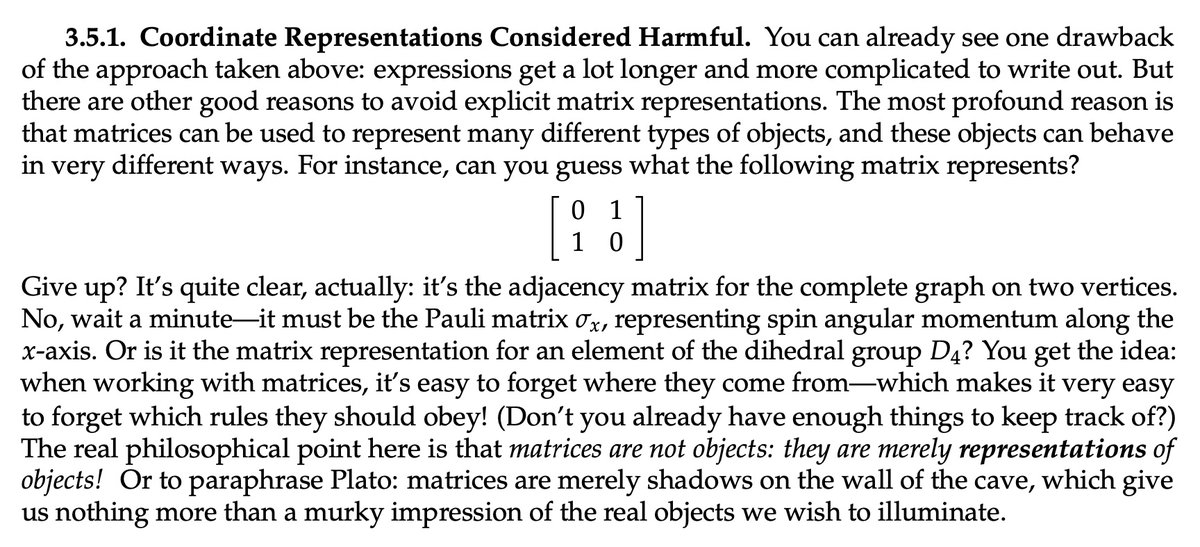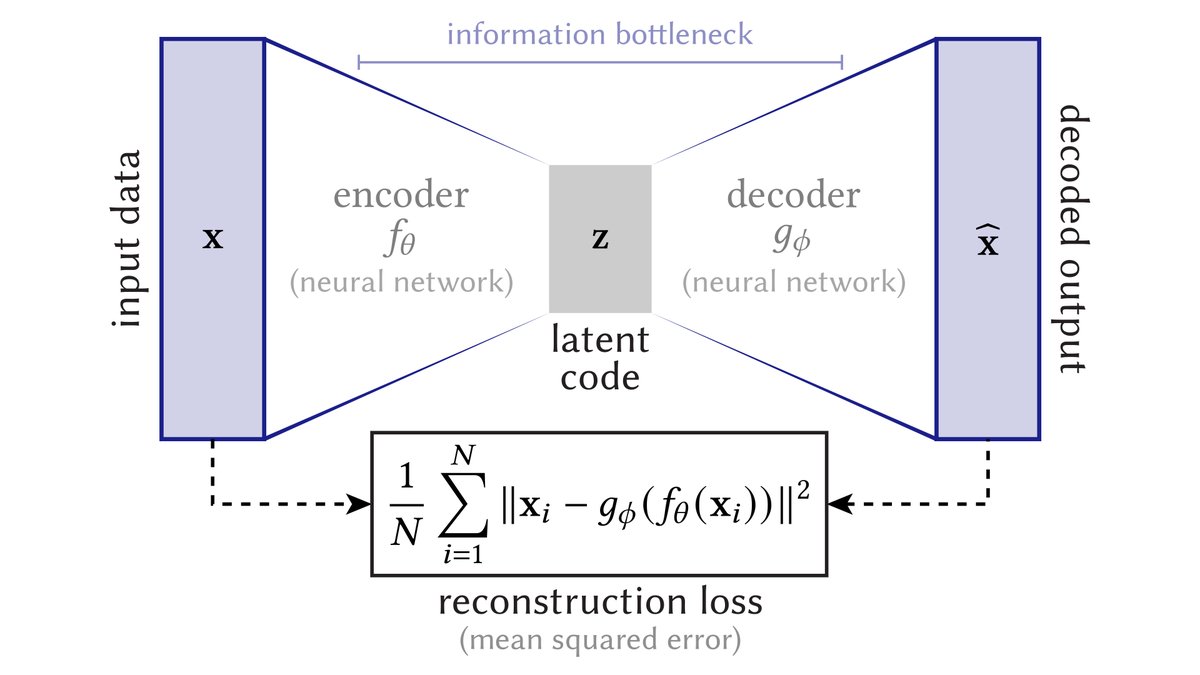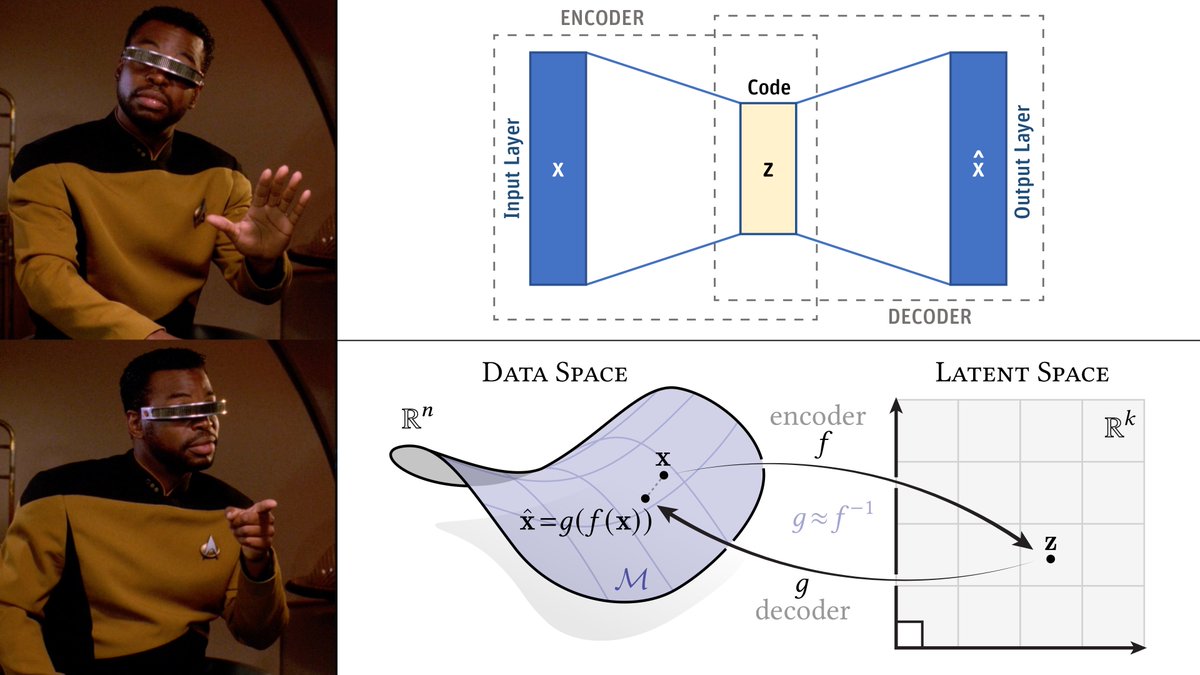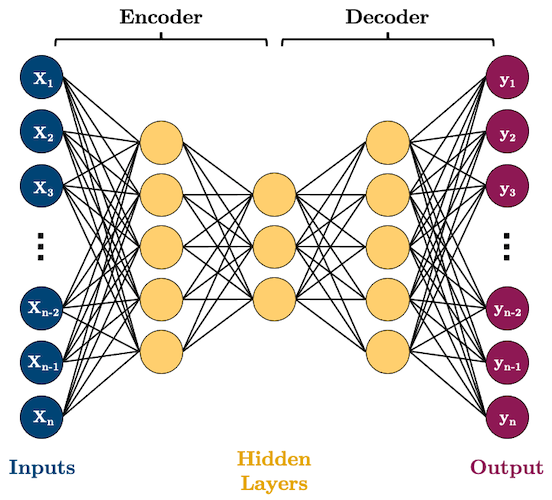What's the nicest way to draw a shape with many "holes"?
We can use the principle of repulsion to explore this question: each point of the shape behaves like a charged particle, trying to repel all others. Surface tension prevents everything from shooting off to infinity. 1/n
We can use the principle of repulsion to explore this question: each point of the shape behaves like a charged particle, trying to repel all others. Surface tension prevents everything from shooting off to infinity. 1/n
For millennia people have been drawn to the question: what are the "nicest" possible shapes that exist?
This is really a basic question about nature: these shapes exist outside space and time; the same shapes can be discovered by civilizations anywhere in the universe. 2/n
This is really a basic question about nature: these shapes exist outside space and time; the same shapes can be discovered by civilizations anywhere in the universe. 2/n

"Nicest" could mean the most symmetric—for instance, the ancient Greeks discovered there were five so-called Platonic solids where every face and every vertex looks the same: the tetrahedron, cube, octahedron, dodecahedron, and icosahedron. 3/n 

Or, "nicest" could mean smoothest.
For instance, according to one criterion (minimum total bending) the smoothest shape with no holes is a round sphere; the smoothest shape with one hole is a perfectly round donut with a certain ratio of inner/outer radii ("Clifford torus"). 4/n
For instance, according to one criterion (minimum total bending) the smoothest shape with no holes is a round sphere; the smoothest shape with one hole is a perfectly round donut with a certain ratio of inner/outer radii ("Clifford torus"). 4/n

In fact, this principle of least bending even shows up inside the human body. For instance, the shape of red blood cells is extremely well-predicted by minimizing bending among all shapes with a given volume (due to fluid pressure) and surface area (due to surface tension). 5/n 

However, shapes that minimize total bending—formally known as "Willmore energy"—don't look as nice if you start adding more holes.
The conjectured minimizers, called "Lawson surfaces," feel pretty asymmetrical compared to how one might imagine an "ideal" shape with holes. 6/n
The conjectured minimizers, called "Lawson surfaces," feel pretty asymmetrical compared to how one might imagine an "ideal" shape with holes. 6/n

The reason is that Willmore energy doesn't look for shapes that are nice & symmetrical in the ordinary 3-dimensional space where we live (Euclidean space).
Instead, it considers symmetry relative to the "3-sphere": the set of all points unit distance from the origin in 4D. 7/n
Instead, it considers symmetry relative to the "3-sphere": the set of all points unit distance from the origin in 4D. 7/n

So to get nicer shapes with holes, we can take a different approach.
We look for shapes that minimize the so-called "tangent-point energy," which tries to keep all pairs of points far away from each other—much like the repulsive Coulomb forces exerted by electrons. 8/n
We look for shapes that minimize the so-called "tangent-point energy," which tries to keep all pairs of points far away from each other—much like the repulsive Coulomb forces exerted by electrons. 8/n

Of course, in the absence of any other forces, two electrons will just shoot off to infinity.
Likewise, to keep our shape from exploding, we need additional forces to hold it together—like the force of surface tension which gives water droplets their nice round shapes. 9/n
Likewise, to keep our shape from exploding, we need additional forces to hold it together—like the force of surface tension which gives water droplets their nice round shapes. 9/n

Starting with several donuts glued together along a straight line, we then make small changes that gradually reduce tangent-point energy. The final shapes tend to look a lot more "natural" than the Lawson surfaces—often exhibiting the same symmetries as the Platonic solids! 10/n 

These shapes were found using the algorithm described in
Yu, Brakensiek, Schumacher, Crane
"Repulsive Surfaces"
cs.cmu.edu/~kmcrane/Proje…
We're hopeful these tools (like KnotPlot & SurfaceEvolver) will help people find more beautiful and natural shapes in the years to come! n/n
Yu, Brakensiek, Schumacher, Crane
"Repulsive Surfaces"
cs.cmu.edu/~kmcrane/Proje…
We're hopeful these tools (like KnotPlot & SurfaceEvolver) will help people find more beautiful and natural shapes in the years to come! n/n

If you're interested in finding out more about the technical details behind this movie, you can also check out the talk here:
There's also a higher-quality version of the movie here:
Enjoy!
Enjoy!
• • •
Missing some Tweet in this thread? You can try to
force a refresh













